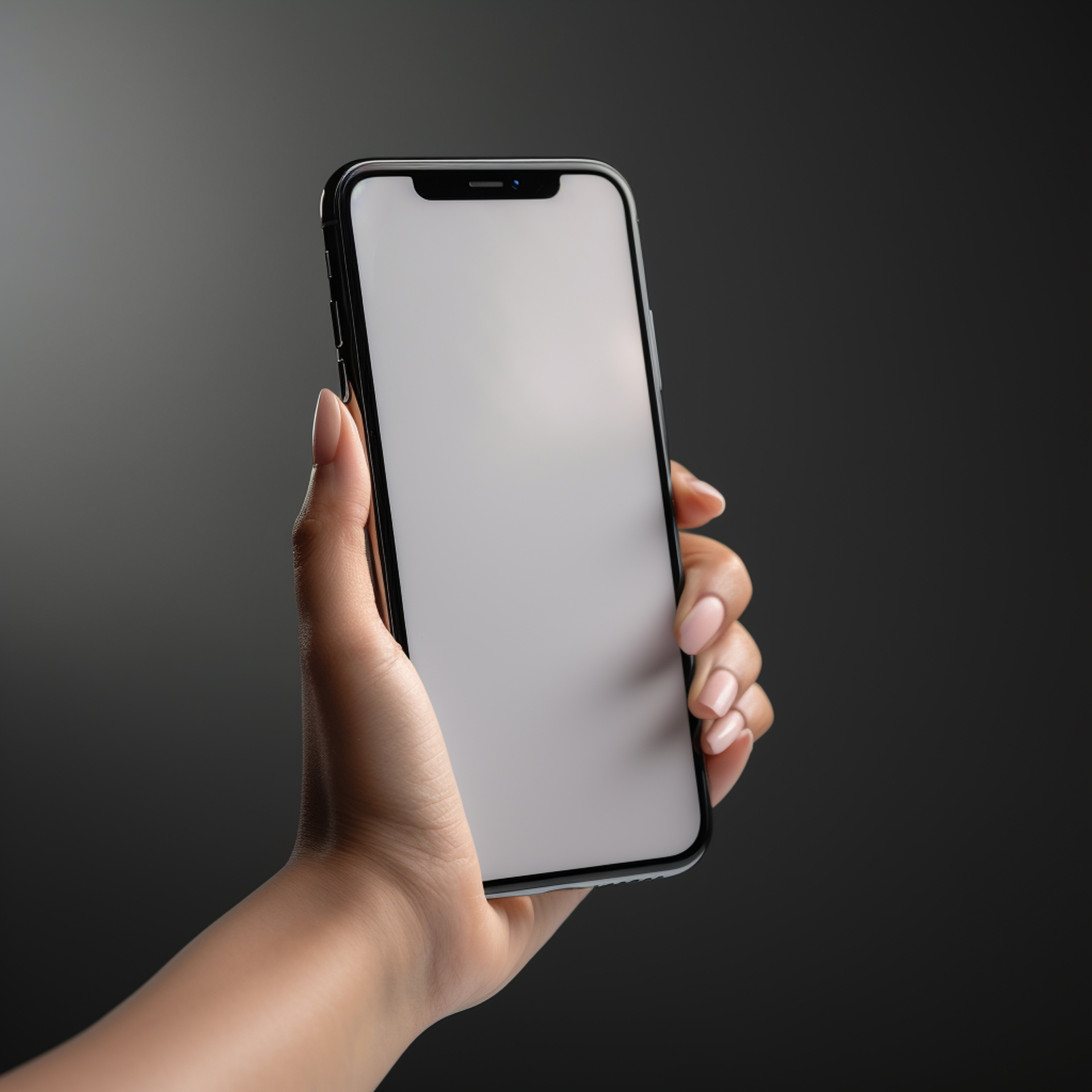An iPhone is a remarkable piece of technology, but like any device, it’s not immune to occasional issues. One of the more perplexing problems that users sometimes encounter involves the primary number on the iPhone. This issue, frequently referred to as the “number not available, iPhone primary” error, can cause confusion and frustration. Fortunately, this guide will help demystify the problem and provide straightforward solutions.
Understanding the Primary Number on iPhone
Before diving into solutions, it’s important to understand the concept of a primary number on an iPhone. For users with dual SIM, the iPhone allows one to designate a number as primary and the other as secondary. The primary number iPhone uses is typically the one for iMessage, FaceTime, and other Apple services.
However, some users encounter a message saying “number not available, send with primary” or “number changed to primary” unexpectedly. This article will address these concerns and provide solutions to help regain control over the primary number on the iPhone.
Common Issues and Fixes
Number Changed to Primary XR
Some users, particularly those with iPhone XR, have reported seeing a “number changed to primary” message. This usually happens when switching between two active SIM cards.
Solution: Navigate to Settings > Cellular > Cellular Data, and select the number you want to use for cellular data. Now, go to Cellular > Default Voice Line, and choose the same number.
iPhone Number Not Available, Primary
Another common issue is the “iPhone number not available, primary” message. This often occurs when trying to send a message or make a call.
Solution: Go to Settings > Cellular > Cellular Plans and then tap on the plan that’s having the issue. Change the label to something else, like “Work” or “Personal”, then restart your phone. Once it’s back on, change the label back to “Primary”.
Changing the Primary Number
In some circumstances, you may want to change the primary number iPhone uses. Here’s the process:
- Open Settings.
- Go to Cellular, then Cellular Plans.
- Tap on the number you want to make primary.
- Change the label to “Primary”.
Why Does My Phone Say Primary and Secondary?
This message typically appears on iPhones that support dual SIM cards. It’s a way for the iPhone to differentiate between the two SIM cards. The “Primary” label is usually given to the number that was first activated on the phone, while the “Secondary” label is given to the number that was activated later.
Additional Troubleshooting Steps for “Number Not Available, iPhone Primary” Error
Indeed, there are additional troubleshooting steps that you can try if the aforementioned solutions do not resolve the issue. Here are some suggestions:
1. Update iOS
- Go to Settings > General > Software Update. If an update is available, tap “Download and Install”.
2. Reset Network Settings
Resetting the network settings can help clear any issues that might be causing the problem.
- Go to Settings > General > Reset > Reset Network Settings. This will erase all network settings on your iPhone, including your Wi-Fi networks and passwords, cellular settings, and VPN and APN settings.
3. Remove and Reinsert the SIM Card
Sometimes, physically removing and reinserting the SIM card can help resolve the problem.
- Power off your iPhone, remove the SIM card, then reinsert it and turn your iPhone back on.
4. Contact Your Carrier
If none of the above solutions work, there might be an issue with your carrier. Contact your carrier’s customer support for further assistance.
5. Contact Apple Support
If all else fails, you can always reach out to Apple Support. They might be able to provide more insight into the issue and suggest additional solutions.
Note: Before performing any of the above steps, make sure to back up your iPhone to avoid any data loss. You can back up your data using iCloud or your computer.
These steps are not guaranteed to resolve the issue, but they can help in many cases. If you’re still having trouble, it might be worth visiting an Apple Store or contacting Apple Support for further assistance.
Backing Up iPhone Using a Computer

Yes, you can back up your iPhone using your computer. Depending on your operating system (Mac or Windows), the steps may slightly differ. Let’s go over both.
For macOS Catalina (10.15) or later
- Connect your iPhone to your computer using a USB cable.
- If a message asks for your device passcode or to Trust This Computer, follow the onscreen steps.
- Open Finder and locate your device on the left sidebar under the “Locations” section.
- Click on your iPhone’s name.
- Click “Back Up Now” to start the backup process.
- Once the process is complete, you’ll see the date and time of the latest backup under “Latest Backups”.
For macOS Mojave (10.14) or earlier or on a Windows PC
- Connect your iPhone to your computer.
- If a message asks for your device passcode or to Trust This Computer, follow the onscreen steps.
- Open iTunes and select your iPhone from the list of devices.
- Click “Back Up Now” to start the backup process.
- Once the process is complete, you’ll see the date and time of your latest backup under “Latest Backups”.
Remember that backing up your iPhone to your computer does not include some data, like Apple Pay information and settings, Face ID or Touch ID settings, and iCloud Music Library and App Store content. Be sure to also back up this data separately if needed.
Conclusion
Understanding and managing the primary number on an iPhone can be confusing, especially when faced with unexpected error messages. However, with the right knowledge and troubleshooting steps, users can effectively resolve these issues. Always remember to keep your device updated to the latest iOS version, as Apple regularly releases patches and fixes for known issues.
In summary, this guide has provided an in-depth look into the primary number concept on iPhones, common issues, and solutions. It also offered a step-by-step guide on changing the primary number and explained the reason behind the “Primary” and “Secondary” labels on dual SIM iPhones. The article closed with the latest updates and a reminder to keep your iPhone software up-to-date.
